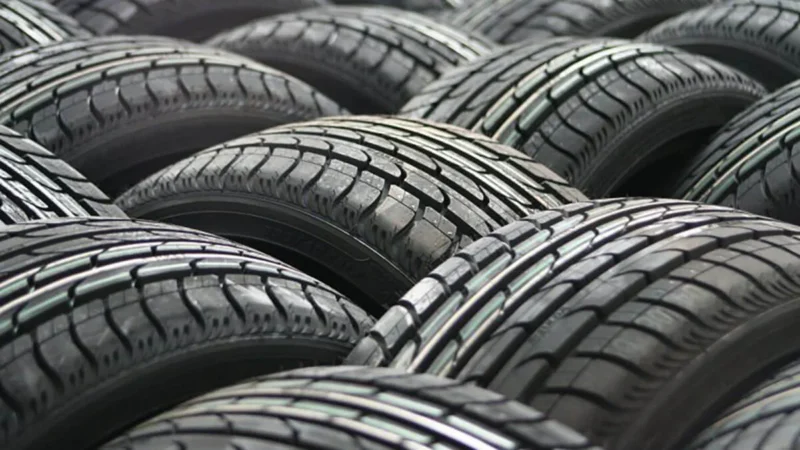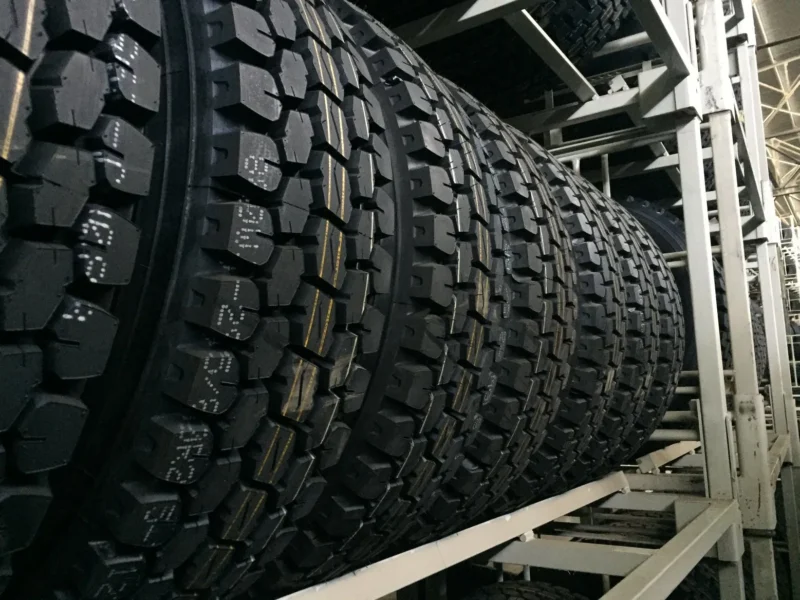Navigating the icy roads of winter tire shopping can be as tricky as a snowy winter commute. When it comes to outfitting your vehicle with used winter tires, the stakes are as high as the snowbanks you’re trying to conquer. While the allure of saving a pretty penny is strong, cutting corners on your tire purchase can lead to a slippery slope of road woes. Here’s a fun, yet cautionary tale of what not to do when buying used winter tires, ensuring you get the grip without the slip.
As you venture into the frosty world of used winter tires, remember, not all that glitters is snow. There are great deals out there, but the key is to know how to steer clear of the icebergs waiting to sink your winter driving plans.
Ignoring Tire Age: A Sneaky Culprit

One of the sneakiest and most common mistakes in buying used winter tires is overlooking their age. Tires are not like fine wine; they do not improve with age, especially when left to face the elements. Rubber deteriorates over time due to exposure to oxygen and ozone, even if the tires aren’t being used.
Always check the manufacture date on the sidewall—a four-digit code that reveals the week and year they were made. Tires older than six years might not just be less effective; they could be dangerous. This oversight can be the silent assassin of tire performance, leading to cracks and failures when you least expect it.
Falling for the Tread Trap
A deep tread isn’t just a cool design; it’s your main defense against sliding off a wintry road. A common pitfall is not checking the tread depth accurately. The minimum legal tread depth is 2/32 inches, but for winter warfare, you’ll want at least 4/32 inches to navigate safely through snow and ice. Don’t just eyeball it—use a tread depth gauge or even a simple penny test. Insert a penny into the tread groove with Lincoln’s head upside down. If you can see all of his head, it’s time to walk away. Remember, more tread means more life in your tires and a safer drive on those snowy streets.
Overlooking Past Damage: A Hidden Hazard

When buying used winter tires, it’s easy to get snow-blinded by a good deal and miss signs of past damage or repairs. Watch out for any patches, plugs, or irregular wear patterns. These could indicate that the tires have been through some rough rides, potentially weakening their structure. Inspect the sidewalls for cracks, bulges, or cuts—these are deal-breakers. Sidewall damage compromises the tire’s integrity, making it prone to failure under the pressure of winter driving. This mistake could lead you into a slippery situation when you hit that first patch of black ice.
Mismatched Mayhem
Here’s a fun fact: your car’s tires need to get along. Buying mismatched used winter tires can throw off your car’s handling and safety. It’s like having a rock band where the drummer is playing jazz, and the guitarist is shredding metal—chaos! Ensure all tires are of the same type, size, tread pattern, and ideally, wear level. This harmony is crucial for maintaining balance and stability on icy roads. Disregarding this can lead to uneven wear, poor handling, and increased strain on your vehicle’s drivetrain and suspension systems.
Skimping on the Sets

Another common misstep is buying single tires instead of pairs or complete sets. This can be tempting when you see a steal of a deal for just one or two tires. However, using tires with significant differences in tread depths or conditions on the same vehicle can lead to a list of problems, including poor handling and a higher risk of accidents. Whenever possible, opt for a full set of used winter tires to ensure uniform performance and safety. This approach helps keep your vehicle balanced and responsive, especially in severe winter conditions.
Forgetting the Fine Print
When it comes to used winter tires, the devil is often in the details. Don’t forget to inquire about any return policies or guarantees the seller might offer. Knowing you have the option to return defective tires can give you peace of mind and protect your investment. This oversight is like going into a snowstorm without a backup plan—it’s risky! Always read the fine print and understand what recourse you have if your tires don’t meet your expectations or if they reveal hidden flaws once you start using them.

